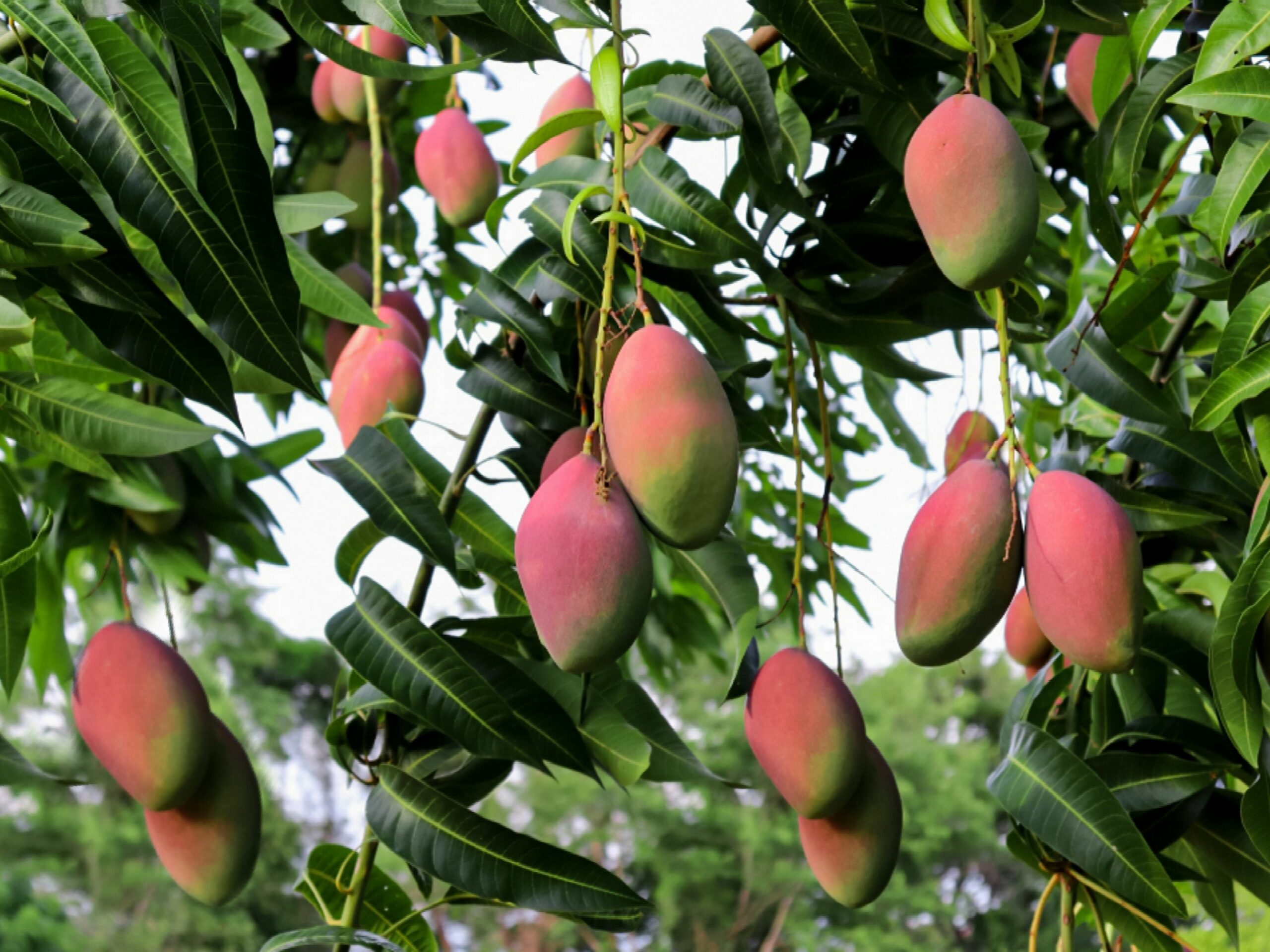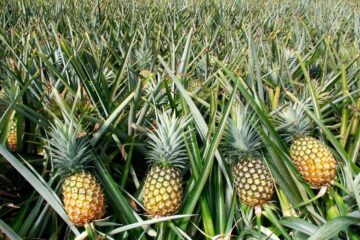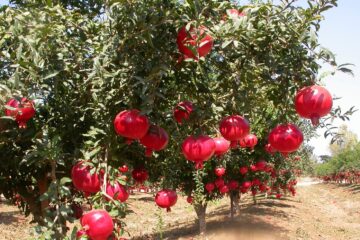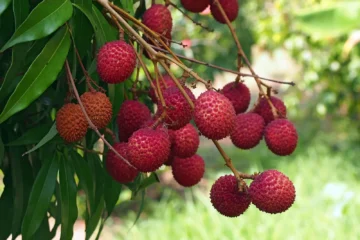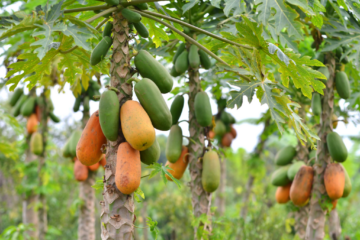Mango, one of the prominent fruits known as the king of fruits, originated in India and Burma. Today, mango cultivation is widespread in most tropical regions around the world. In India, approximately 2.5 million hectares are under mango cultivation, producing about 18 million tons of mangoes. Tamil Nadu cultivates mangoes on 140,000 hectares, yielding 896,000 tons of mangoes.
Eighty percent of the mangoes grown in India are sold in local markets, while the remaining are exported to the United Arab Emirates, Bangladesh, Saudi Arabia, Nepal, Kuwait, Singapore, Bahrain, and the USA. Forty percent of Tamil Nadu’s mango cultivation is concentrated in Krishnagiri and Dharmapuri districts.
Mangoes are attacked by various pests and diseases at all growth stages, including roots, stems, bark, branches, leaves, flower buds, flowers, fruits, and even the seeds. Understanding these pests and their control methods is crucial for achieving good yields in mango cultivation.
Shoot Borers (Tussock Moth)
Three species of shoot borers attack new shoots, leaves, and flower clusters of mangoes, causing significant damage. These pests feed exclusively on mango trees and are found in India, Malaysia, Indonesia, and Thailand. Although these insects are present year-round in mango orchards, they are most prevalent during the flowering season from November to February. In non-flowering periods, they remain dormant under the bark of trees.
Symptoms of Infestation:
- Both larvae and adult insects continuously suck sap from the flower clusters, causing them to wither.
- Severe infestations lead to the wilting and dropping of flower buds and flowers.
- The honeydew excreted by these insects appears as sugar-like spots on the leaf surface.
- This honeydew promotes the growth of the fungus Capnodium, causing sooty mold, which turns the leaves black.
- Yield reduction can range from 25% to 60%.
Life Cycle:
- A female insect lays at least 200 eggs individually on the flower clusters, stems, and buds of mangoes.
- The eggs are dull white and hatch into larvae within 4-6 days, which then start sucking sap.
- In 10-15 days, the larvae mature into adult moths.
- During the flowering season, these insects can produce 2-3 generations.
- In other seasons, they cause minimal damage while residing in tree crevices.
- Infestation in young plants stunts growth, while in mature trees, it reduces productivity and yield.
Species of Shoot Borers:
- Amritodus atkinsoni: Large in size, with two black spots on the thorax.
- Idiocerus clypealis: Brown with a broad head and narrow body, having two spots on the thorax.
- Idiocerus niveosparsus: Medium-sized, with three black spots on the thorax and a white stripe on the head.
Control Measures:
- Avoid close planting.
- Prune trees annually to ensure good sunlight penetration.
- Spray 3% neem oil solution or 5% neem cake extract.
- Mix 0.5 ml of Imidacloprid 17.8% SL or 0.3 g of Thiamethoxam 25 WG per liter of water and spray during the flowering season every fifteen days.
- To prevent sooty mold, mix 2 g of wettable sulfur per liter of water with the insecticide.
Stem Borers (Batocera rufomaculata)
These pests attack mango, jackfruit, mulberry, fig, rubber, moringa, oil trees, and cotton trees.
Symptoms of Infestation:
- Larvae bore into branches at the junctions, consuming tissues and causing damage.
- The affected areas show sawdust and larval excrement.
- The larvae create irregular tunnels within the stems, disrupting nutrient transport, leading to branch wilting and drying.
- Severe infestations result in the drying and death of the entire tree.
Life Cycle:
- Female beetles lay eggs in tree crevices.
- Larvae hatch in 7-14 days, boring into the stem and creating irregular tunnels.
- They feed on tissues for 7-8 months, growing substantially.
- The front part of the larva is broad and thick, brown in color, and legless.
- Fully grown larvae transform into pupae within the stem and emerge as beetles in 21-28 days.
- Beetles are 4-6 cm long, brownish-gray, with hard forewings marked with irregular white spots. They are nocturnal.
Control Measures:
- Remove and destroy infested or damaged branches.
- Plant resistant varieties such as Neelum and Himayudeen.
- Remove alternative host plants.
- Mix 20 g of carbaryl per liter of water and paint the trunk from the base up to two feet high to prevent egg-laying.
- Inject 10-20 ml of Monocrotophos into the boreholes depending on the tree age and seal with mud.
- Apply 5 g of carbofuran granules into the boreholes and seal with clay.
Bark Borers (Indarbela tetraonis)
These pests are prevalent in Myanmar, Bangladesh, Sri Lanka, and India. Their alternative host plants include neem, lemon, guava, java plum, mulberry, pomegranate, moringa, lychee, and wild trees.
Symptoms of Infestation:
- Young trees are heavily attacked.
- Larvae bore into the bark, creating tunnels and webs, consuming nutrient-transporting tissues.
- They feed on the bark at night and hide in the tunnels during the day.
- Severe infestations cause affected branches to wilt and die.
Life Cycle:
- Female insects lay up to 2,000 eggs in 15-20 clusters in tree crevices.
- Eggs hatch in 8-10 days, and larvae initially feed on the bark before boring into the stem.
- They create webs and accumulate sawdust and excrement.
- Larvae take 9-10 months to mature, then pupate within the tunnels for 3-4 weeks before emerging as adult moths.
- Moths are most active during summer, with one generation taking a year to complete.
Control Measures:
- Remove and destroy heavily infested and wilted branches.
- Remove alternative host plants.
- Mix 20 g of carbaryl per liter of water and paint the trunk from the base up to three feet high to prevent egg-laying.
- Apply 5 g of carbofuran granules into the boreholes and seal with clay.
Following these pest control measures can significantly improve mango yield.
K. Govindan, S. Sivakumar, P.C. Prabu, P. Parasuraman, Regional Research Center, Paiyur – 635 112, Krishnagiri District.

